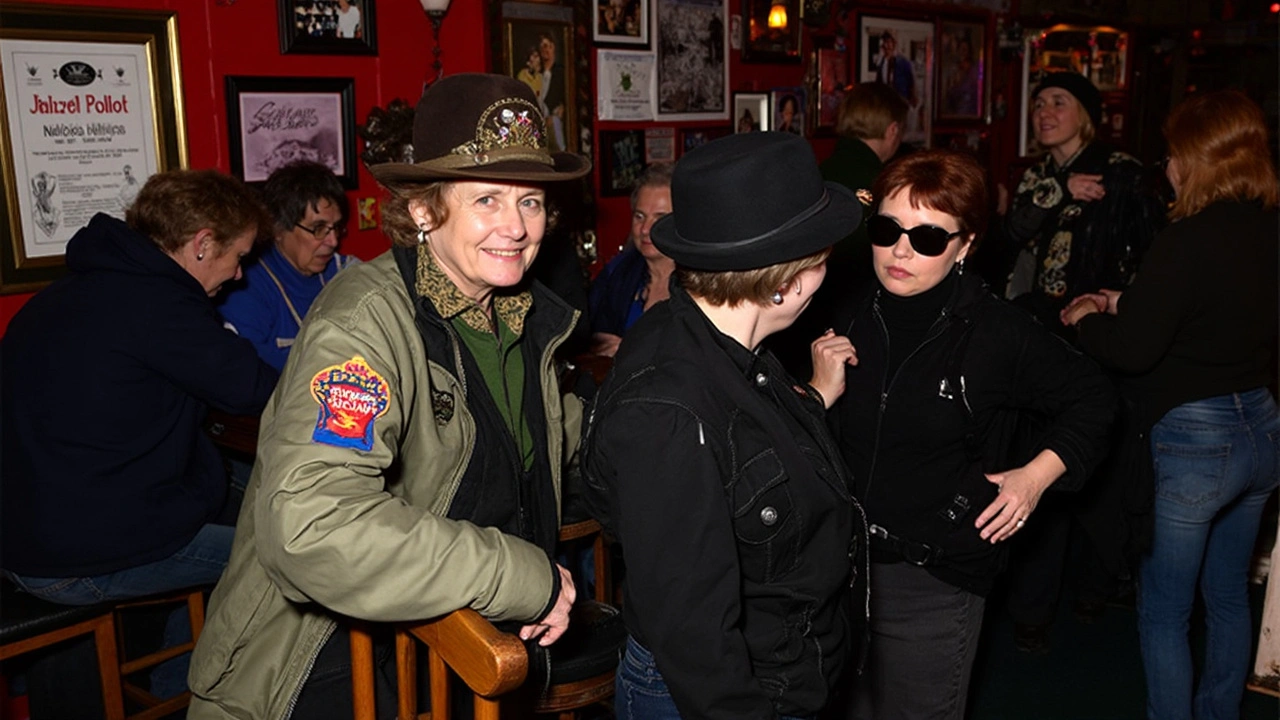LGBTQ+ History: What You Need to Know
Ever wonder how the rainbow flag got its meaning or why June feels so festive for many? The answer lies in a long, messy road of protests, court cases and brave people who refused to stay silent. This guide pulls together the biggest moments so you can see the big picture without digging through endless articles.
Early Struggles and First Organizing
The fight started way before the word "gay" became common. In the late 1800s, groups like Germany’s Scientific-Humanitarian Committee tried to end laws that punished same‑sex love. Their work was cut short by World War I, but it planted a seed.
Fast forward to the 1950s in the United States: the Mattachine Society and the Daughters of Bilitis formed as hidden clubs where gay men and lesbians could meet safely. They published newsletters, challenged police raids and slowly built a sense of community. These groups weren’t about parties; they were about survival.
The turning point came on June 28, 1969, when police raided the Stonewall Inn in New York City. The patrons fought back, sparking several days of protests that are now called the Stonestone Riots. That night showed the world that queer people could organize and demand respect.
Modern Milestones and Pride
After Stonewall, activism grew faster than ever. In 1970 the first pride parade marched in New York to mark the anniversary of the raid. Over the next decades, activists pushed for legal changes: de‑criminalizing homosexuality in the UK (1967), Canada (1969) and many other countries.
The AIDS crisis of the 1980s forced another wave of activism. Groups like ACT UP used direct action to demand research funding and compassionate treatment. Their pressure helped speed up drug approvals and changed public perception about queer health issues.
Legal victories started stacking in the 2000s. The Netherlands became the first country to legalize same‑sex marriage in 2001, followed by dozens of others. In 2015 the US Supreme Court ruled that gay couples have a constitutional right to marry nationwide. These wins didn’t happen overnight; they were the result of years of lobbying, lawsuits and community building.
Today pride festivals fill city streets worldwide, and the rainbow flag waves in front of government buildings. But history isn’t just about celebrations – it’s also about remembering the people who paid a high price. Figures like Marsha P. Johnson, Harvey Milk, Audre Lorde and many unsung heroes remind us that progress often comes from personal risk.
Knowing this timeline helps you see why certain dates matter, why symbols look the way they do, and how each new step builds on past battles. Whether you’re joining a march, supporting a queer friend, or just curious, understanding LGBTQ+ history gives you a stronger base to stand on.
Wild Side West, San Francisco's oldest lesbian bar, has been a vital LGBTQ+ haven since its 1962 inception by Pat Ramseyer and Nancy White. Overcoming historic police raids and anti-gay laws, the bar nurtured a vibrant community, hosting legends like Janis Joplin. Relocated to Bernal Heights with creative touches like protest-themed décor, it remains an enduring symbol of LGBTQ+ resilience amidst the national decline of similar spaces.
